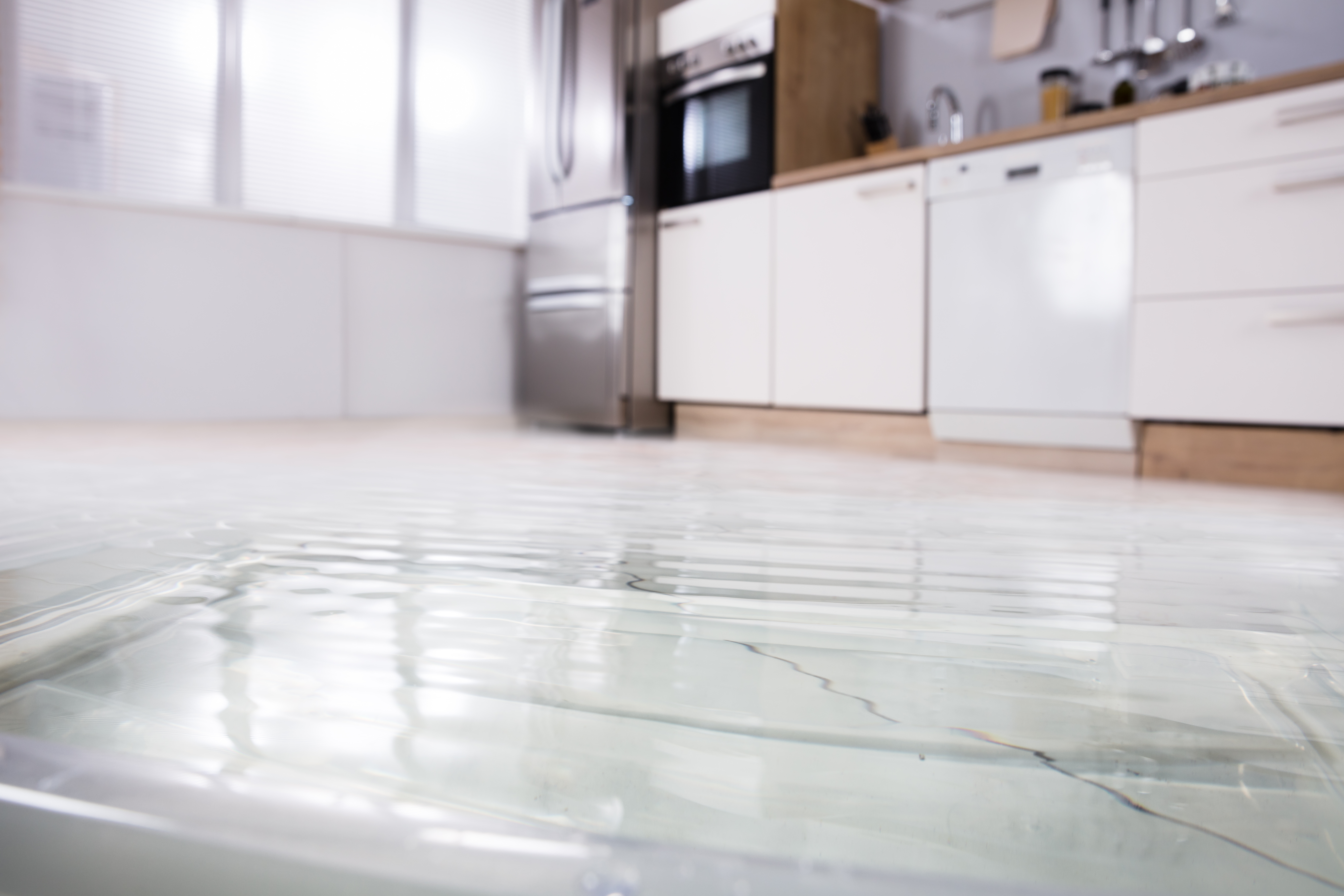
A leaky dishwasher can be frustrating and confusing for any homeowner. Coming home to find water pooling on your kitchen floor is never a welcome sight. While a leak may seem daunting, there are usually some simple troubleshooting steps you can take to diagnose the problem before calling in a professional. This article will cover the most common reasons your dishwasher might be leaking, tips for troubleshooting the issue yourself, and when it’s time to contact an expert.
Common Causes of Dishwasher Leaks
There are a handful of typical culprits behind a leaking dishwasher. Here are some of the most frequent causes:
- Worn door gasket – The rubber gasket around the door creates a seal to contain water during washing cycles. Over time, food particles can land in the gasket and prevent a tight seal. Replacing a worn gasket is an easy DIY fix.
- Clogged or damaged drain line – Debris in the drain hose can cause water to back up. Cracks or holes in the line will also lead to leaks. Inspecting and clearing the drain line is a good first step.
- Malfunctioning water inlet valve – This part controls water flow into the dishwasher. If it sticks open, water can overflow inside the machine. You or a professional many need to replace the inlet valve.
- Blocked or broken spray arms – Spray arms distribute water to wash dishes. If broken or unable to spin freely, water pressure can build up and leak out. Unblocking or replacing spray arms may solve the problem.
- Problematic float switch – The float switch shuts off water flow when the tub reaches the right level. If it malfunctions, the tub may overfill and leak water. The switch may need cleaning or replacing.

Practical Troubleshooting Tips
There are several straightforward checks and tasks you can perform yourself for a leaking dishwasher. Firstly, inspect the door gasket seal for any debris that may be lodged in it and prevent a tight seal. The gasket can be cleaned gently with warm, soapy water and a soft brush or sponge to dislodge any particles. Make sure the gasket is seated properly around the entire door perimeter when you reinstall it. If the rubber appears cracked or worn in spots, the gasket likely needs full replacement to restore a watertight barrier.
Also, check the drain line! Detach it from the dishwasher discharge port and examine it thoroughly for any kinks, cracks, or obstructions. Use a bottle brush or pipe cleaner to clear out any accumulated sediment or food debris lodged in the hose. Replace the drain line completely if damaged. Make sure the line is free of clogs and reattached securely before testing your dishwasher again.
You can also isolate whether the water inlet valve is malfunctioning by turning off the power to your dishwasher at the circuit breaker. Disconnect the water supply line from the inlet valve and observe if water continues flowing out even when the unit is powered off. Any water flow indicates the inlet valve is stuck and necessitates expert eyes.
Lastly, inspecting the rotating spray arms inside the dishwasher is worthwhile too. Manually spin the arms to ensure they can rotate freely throughout the entire wash cycle. If they feel obstructed, detach and clean out any debris trapped under or around them. Check the arms themselves for cracks or missing pieces that could impede proper water distribution and cause internal leaks. Replace any damaged spray arm assemblies.

Other Recommended Maintenance
You can minimize leaks and extend your dishwasher’s lifespan by periodically inspecting the door gasket and drain line. Replace the gasket if it appears worn or cracked. Using a water softener helps prevent scale buildup that can damage seals over time.
Clean the food filter monthly to avoid debris clogging wash arms or the drain. Only use recommended dishwasher detergents, as some can cause excess sudsing and leaks. If your dishwasher is rocking or uneven, level it to prevent warping the tub and door seal. Proper maintenance like regular gasket and filter checks, using a softener, and leveling the unit can optimize performance and reduce leak risks.
When to Call a Professional
Contact an appliance repair technician if the leak originates below the dishwasher, indicating an internal component issue. Electrical problems like flickering lights or the unit stopping mid-cycle also require an expert, as there may be faulty wiring or control boards.
Significant standing water presents electrocution and slip hazards, so call a professional to safely drain the tub. Persistent leaks after you’ve addressed gaskets, hoses and spray arms need professional diagnosis. Visible damage like cracked hoses or a warped tub requires special repair skills and manufacturer-approved parts.
Overall, leaks from below the unit, electrical issues, hazardous water levels or unclear persistent leaks are signs it’s time to call in a trusted appliance repair pro.
Conclusion
In summary, while dealing with a leaking dishwasher can be disruptive and frustrating, in most cases the culprit can be identified and addressed with some basic troubleshooting.
Regularly inspecting and replacing wear-and-tear parts like gaskets and hoses can help prevent many leaks. With proper maintenance and knowing when to seek expert help, your dishwasher should provide many years of leak-free performance. However, for persistent existing issues or a comprehensive inspection, reach out to All Coast Home Inspections for a home inspection in Houston, TX, and surrounding areas.



